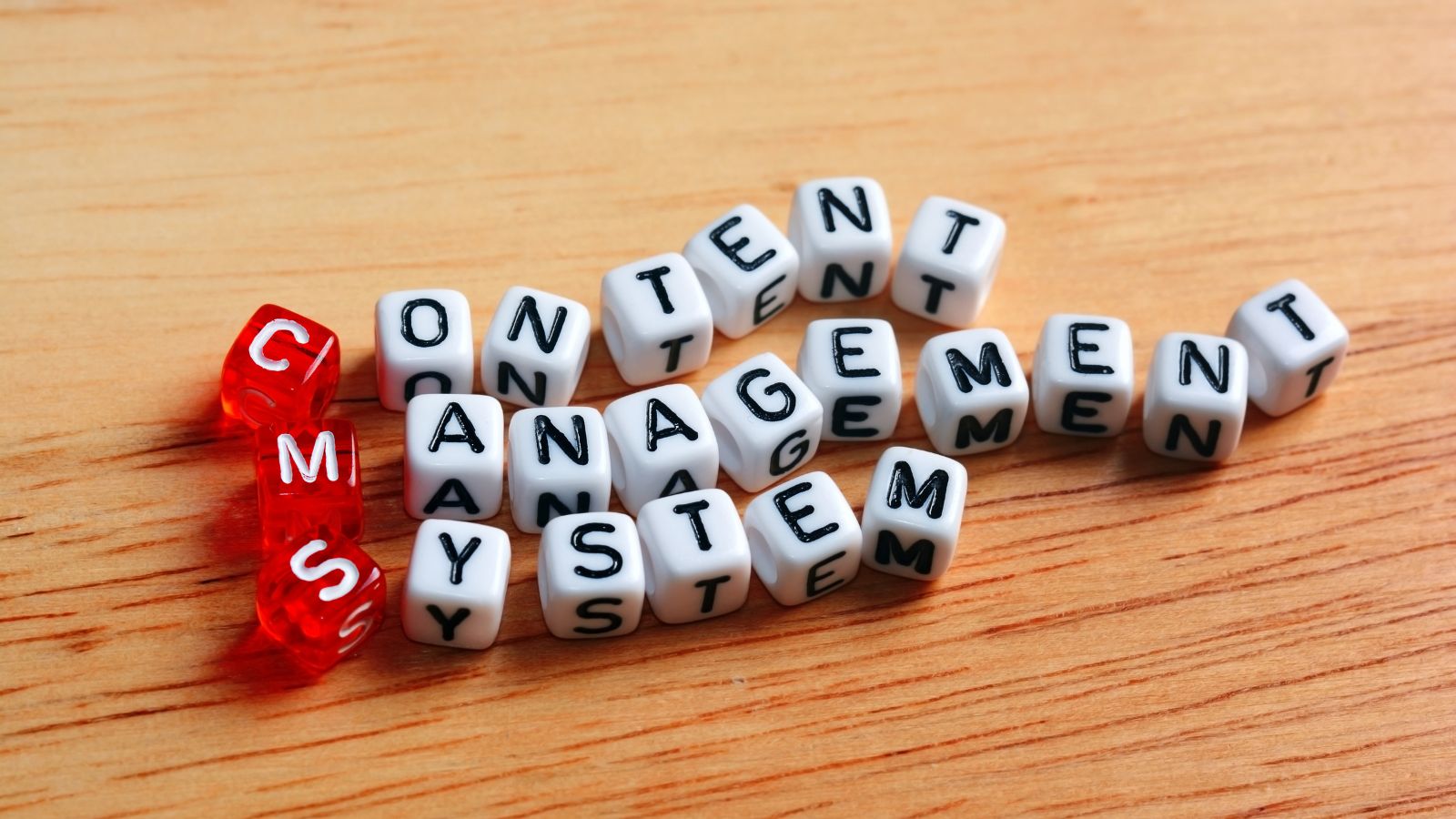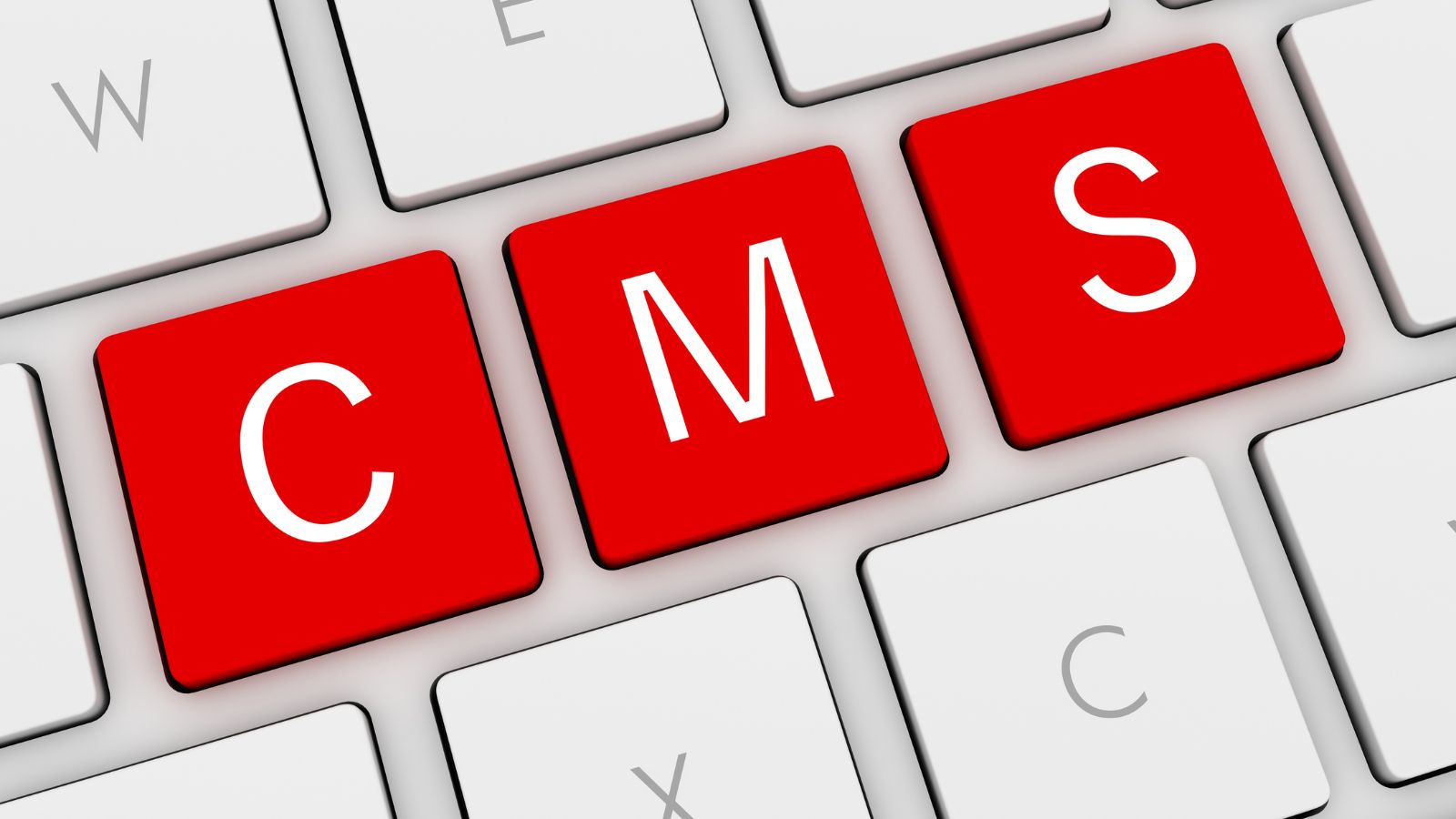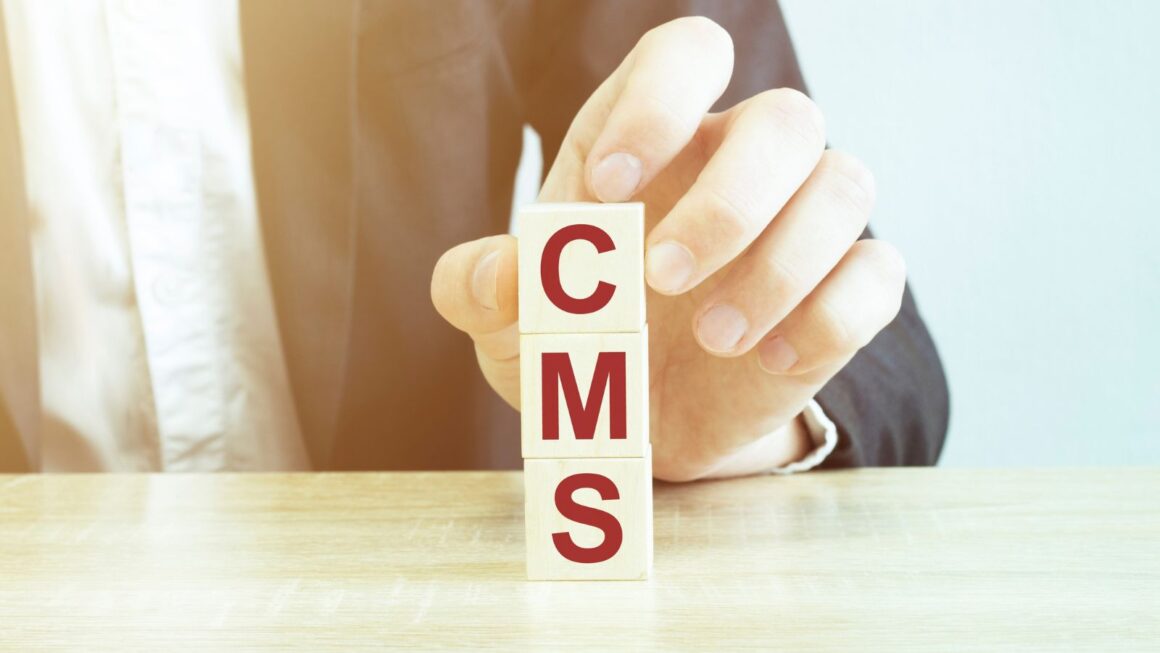As more and more companies embrace decoupled (headless) CMS to deliver content across multiple channels and platforms, the standardized approach to measuring effectiveness across all channels and platforms is critical. Decoupled (headless) CMS differs from a coupled, traditional CMS in that the content creation and presentation are separate; therefore, measuring effectiveness becomes more complicated, but the potential for expanded access is significant. By developing a new metrics measuring framework to measure content effectiveness, these companies will be able to assess their impact with a consistent form of engagement across all platforms and channels.
Why A Measurement Framework Is Required?
Where a decoupled system exists, creating digital content becomes simpler because content can be distributed without going through dedicated channels, which means the only delivery of an entirely functioning site. Where apps exist, social media, and even IoT devices where content can be just as easily spread, a measurement framework ensures that goals and accomplishments remain similar in advancement. When a definition is in place, organizations and investors can connect new advancements to older accomplishments by creating similar KPIs assessed over longer durations to compare performance to determine consistent lines of justification for continued funding and appropriation.
What Should Be Measured? Measurable/Actionable KPIs
Measurable/actionable key performance indicators are the foundation of measurement frameworks. They can be effective and need to be actionable and measurable across any channel, and for decoupled systems, this means ensuring what’s being measured is relevant, no matter the channel. Channels can measure time on site, bounce rates, engagement and interaction numbers, conversion rates, and more. Measurable/actionable KPIs should allow stakeholders to quickly assess quality content and successful distribution, and also highlight problems that need fixing in order for the content to reach its strategic goal.

Measurement Tools Needed
Decoupled architecture needs tools that measure across all forms. Whether revenue-related or performance-related, organizations need to keep measurement solutions for basic and advanced analytics so that the most well-versed understanding of what measurement entails is clear; they need Google Analytics or Adobe Analytics and if solutions beyond those realms are needed, custom-built analytics solutions should be brought in via API. Measurement solutions with integrations provide non-linear engagement revenue and how well the content did supporting engagement efforts so organizations could better assess overall performance in more meaningful ways.
Using Omni Channel Attribution Models To Encourage Content Performance Measurement
Omnichannel attribution models encourage content performance measurement as they have access to customer journeys across channels. In a decoupled space, a last-touch attribution or first-click may not necessarily depict how far down the rabbit hole the customer engaged, as you aren’t able to access and integrate all channels. However, the results of multi-touch attribution and greater, even algorithmic attribution, are more accurate as they assess and collate data knowing that even a fractional touch with the content can go a long way. Therefore, omnichannel attribution models understand the effectiveness of content regardless of whether specific channels are available at certain times during the customer journey and enable brands to make better strategic and resourcing decisions.
Realizing Insights In The Moment Using Real-Time Analytics
Real-time analytics make the content measurement frameworks that much more powerful in a decoupled environment. The very notion of a decoupled environment allows for information to be pushed and processed in a nanosecond; teams need to acknowledge engagement in the moment, assess newly emerging patterns as they happen, and adjust without question and without fail. When insights can make an impact in real-time, ongoing enhancements and consistent content adjustments can be made since anything and everything can always be timely and relevant across any front in the digital ecosystem.
Using Predictive Analytics To Look Ahead For Better Opportunities
Even if a site’s coupling retains content performance measurement frameworks that rely on historical data, predictive analytics can encourage better opportunities for engagement moving forward. For example, through machine learning, historical performance data and engagement patterns can determine what types of information will work best moving forward, sooner rather than later. This means organizations can publish earlier with less trial-and-error for more precision and accuracy that works for better engagement and conversion rates across platforms and all audience types.
Depend On A Centralized Performance Measurement Reporting Tool
A centralized performance measurement reporting tool connects all distribution channels in one location, providing a comprehensive view for assessment of all content created and used from a decoupled architecture. Performance-aligned dashboards provide similar KPIs, performance variances, and insights. No one is confused as to what’s going on. A centralized performance measurement capability makes analytics approvals easier, collaboration with cross-functional teams more seamless, and quicker access to people and things for execution to maintain transparency with organizational objectives and strategic initiatives.
Qualitative Data To Supplement Quantitative Findings
Quantitative findings are great; however, qualitative assessments can provide additional context to how well (or not) content is performing. For assessment channels like websites, apps, and newsletters, customer surveys, feedback options, and usability testing can go a long way. Integrating this qualitative data helps teams understand more than just the gain. Why did that website get 100 visits yesterday but only five today? This type of analytics provides an enriched awareness of performance victories and downfalls and allows for additional refinements to ensure victory going forward.
Compliance And Data Ethics Awareness
Performance measurement strategies must also account for compliance and data ethics awareness. Data collection should be on the up and up; customers should be aware when being tracked, how their input is used, how to opt in, how to opt out, and what their capabilities and access options are, if any. Effective performance measurement strategies require an awareness of GDPR, CCPA, and other compliance-driven data ethics that not only protect customer trust but also avoid giving organizations problems.
Ongoing Training And Empowered Teams
Ongoing training to empower content and marketing teams will maximize the successful use of the performance measurement frameworks. From learning analytics to establishing KPIs to implementing attribution models and finding the best data-driven routes for the next stages of content, empowered teams with the right training will understand what’s needed from them to ensure successful measurement and performance navigation. When teams feel confident in what they’ve learned, they’ll apply their insights to performance metrics, adjusting content in strategic ways over time to regularly achieve increasing engagement and conversion rates that decoupled CMSs can provide.
Creating A Culture Of Continuous Improvement Through Celebrating Successes
Once teams understand what they can do through content measurement frameworks and succeed, acknowledging the successes boosts motivation, reinforces strategic funding and data-driven focus, and continues excellence from the top down. When quality increases due to project transparency, improved KPIs, increased conversions, and greater percent increases in per capita engagement and satisfaction, teams should know that the efforts of structured measurement frameworks are working. Creating a culture of continuous improvement, excellence, and strategic propensity is bound to keep things moving in the right direction, looking for new opportunities for expansion.
Scalability And Future-Proofing Opportunities
Finally, decoupled content performance measurement frameworks must be scalable and adaptable. The greatest decoupled options involve universality or minimal structural changes to potential future endeavors. Flexible decoupled measurement frameworks can continuously integrate with new platforms regardless of existing iterations or future implementations; new channels and new types of content will no longer be abstracted ideas for other companies but instead be practically applied options sooner. Strategic adaptability will keep organizations relevant for as long as possible, ready to take on new challenges at a moment’s notice for present needs or future endeavors.
Content Lifecycle Enhancement From AI Powered Performance Assessment
Performance assessment of content supports enhanced content lifecycle by AI integration as it supplements an automated holistic understanding of past and potential growth, revenue generation, and overall audience satisfaction. AI content assessment tools can read faster and assess larger pieces of data more accurately to get a better gauge of understanding, which translates to better future suggestions based on projected performance. The time saved from manually ingesting content assessments is exponentially less than any time gained from future opportunities for improved content use effectiveness especially as companies can get ahead of such performance assessments by using AI technology.
Team Collaboration Increased From AI Generated Content Performance Insights
Team collaboration increases from AI-generated content performance insights as it provides a universal standard and expectation across a diverse CMS partnership existence. Collaborative efforts are no longer siloed between web design and marketing teams and reliant on subjective effectiveness over time. Instead, transparent access to what worked and what didn’t foster open communication and collaborative efforts for strategic decision-making and alignment across marketing/content/design/technology teams. Thus, collaboration is increased as streamlined efforts are undertaken at any stage of content creation and improved moving forward which enhances innovation and better performance as the company may be fragmented but increasingly more effective.
Content Lifecycle Supported By Performance Based Recommendations/Reflections
Content lifecycle management is supported by such performance-based recommendations/reflections because the actionable insights determined by the data guide better decisions about content creation in the first place, during development, during publication efforts, and ultimately, when deciding how to promote or retire previously successful pieces. When there are great pieces of content created that are flagged by AI to be refreshed or repurposed, teams will have statistical understanding instead of a gut feeling to back up their decisions, honed by proper significance gained over time. This minimizes remnant content inventory for any piece and should be used to its greatest potential for maximum ROI and externally consistent engagement levels.
Benchmarking Against Competitive Understandings
Much like assessing current achievements against business best practices, content measurement frameworks can benefit from assessing content/information metrics performance relative to the average performance in the industry or known competitors. Understand where engagement rates, renewal rates, and audience growth fall relative to other established options in the space to assess competitive benefits or setbacks. Knowing this provides additional contextual information and opportunities for revision, as benchmarking insights give businesses the chance to strategically revise content, seek out new opportunities for creative endeavors, and ensure that they can maintain or bolster a competitive advantage.

Measuring The Impact Of Content On Customer Retention And Loyalty
While various content measurement frameworks exist, few, if any, extend beyond the realm of single engagement or conversion to include metrics that measure customer retention and loyalty. Thus, measuring metrics like repeat visits, renewals, lifetime value of new customers gained, and advocacy reveals how content influences the relationship with the brand over time. When organizations can see how content dictates whether or not someone comes back to the website or re-ups their subscription, they can do the focused endeavor over time that resonates so well that it builds loyalty and impacts overall success substantially.
Conclusion: Maximizing Content Effectiveness With Structured Measurement Frameworks
Content performance measurement frameworks with comparative static approaches in a decoupled system render such organizations better suited for success in an increasingly complicated, multi-channel, digitally-driven, and entrepreneurially engaged environment. Where these organizations can project standards and rely upon the most relevant key performance indicators (KPIs) to track extensively on any resource-driven platform, they know how best to measure early successes without red herrings due to focused follow-through.
In addition, where findings are more often assessed via opportunity through qualitative information access, content performance measurement frameworks render such organizations a more qualitative and quantitative resource stable from which to assess success. Feedback from customers, users, reviews, usability testing, etc., provides the necessary texture that indicates how better to wholly realign efforts to truly reach engagement goals instead of merely turning in certain projects due to theme or visual appearance.
Therefore, organizations that use the content performance measurement framework with the consistent structure of a decoupled system are always on the same page personally and professionally due to expectations. Measured realities and expected success can be assessed at any time across platforms, meaning the success of audience engagement can be assessed retroactively, tracked, and predictively assessed in real time based on the macro picture of what can and should be achieved. When organizations know what’s next for them, they’ll be much more confident and able to achieve effective content performances which extend audience engagement from mere obligation to greater engagement efforts that secure customer retention and competitive advantage.

